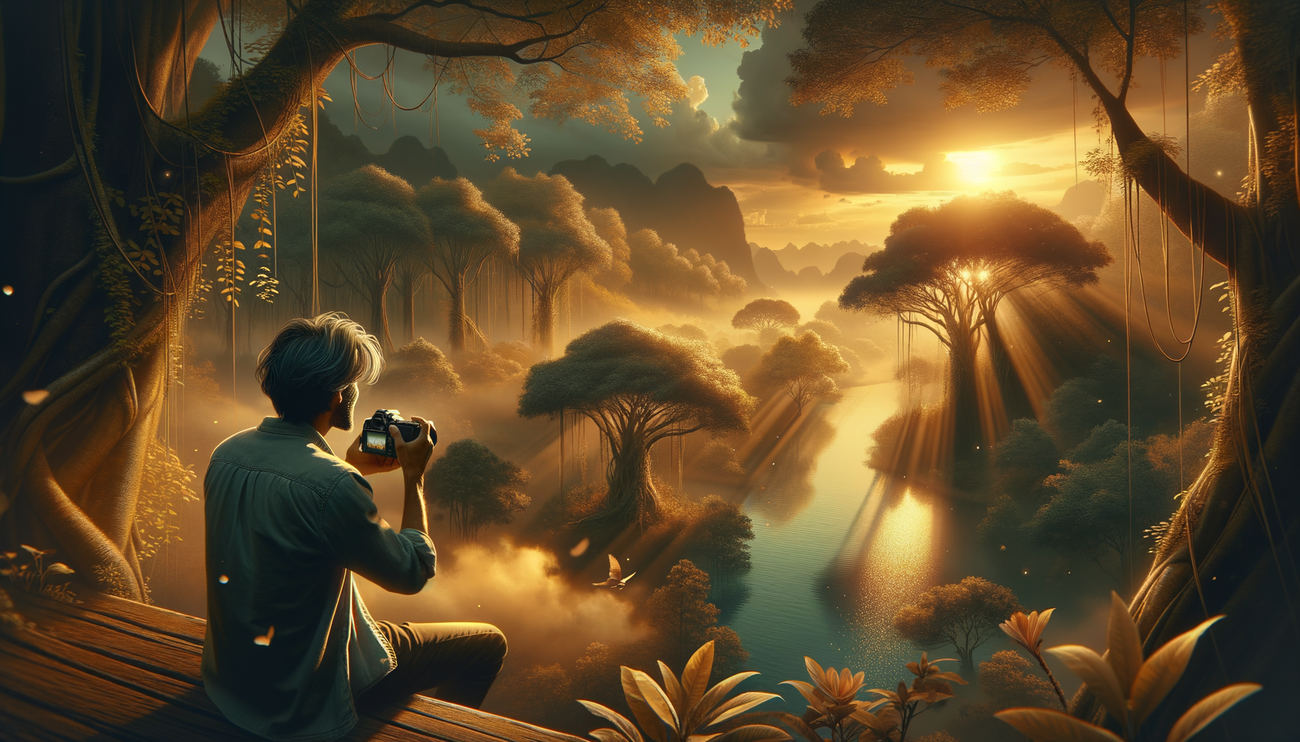
Natural light is one of the most crucial elements in photography that can significantly enhance the quality of your shots. Many beginner photographers underestimate the power of the light available in nature and rely on artificial sources. However, by mastering a few simple principles of working with natural light, you can create truly stunning photographs. In this article, we will explore how to make the most of natural light and share helpful tips and techniques that will help you achieve better results in your photography practice.
Working with natural light requires an understanding of its nature and behavior under various conditions. To begin, let’s take a closer look at several fundamental aspects.
1. The Time of Day and Light
Natural light changes depending on the time of day. Morning and evening light, often referred to as 'golden hour,' is characterized by soft, warm hues that create pleasant shadows and emphasize textures. This golden hour occurs roughly one hour after sunrise and one hour before sunset. Photographers often aim to capture landscapes and portraits during this time, utilizing the soft light to create a romantic atmosphere.
2. Cloudy Days
When the sky is overcast, the light becomes soft and diffused. These conditions are perfect for portrait photography, as the gentle lighting minimizes harsh shadows on the subject's face. Don’t shy away from shooting on cloudy days—you can achieve stunning results.
3. Using Reflectors
Reflectors are light bouncers that can significantly enhance the lighting on your subject. Use reflectors or simply a white surface to help direct light onto the subject. It's much simpler than it seems and can help add volume and light to your photos.
4. Playing with Shadows
Don't forget about the shadows that natural light creates. They can be used to add depth and interest to your frame. Experiment with lighting and shadow capture—subtle shadows can add an artistic touch to your compositions.
5. Open Spaces and Surroundings
The choice of location for shooting also influences the use of natural light. Open spaces allow light to freely interact with objects. Shoot in parks, at the beach, or in forests where sunlight can illuminate your frames in different ways. Surrounding objects, such as trees or buildings, can create interesting shadows and textures.
6. Practice and Experimentation
Experiment with different lighting to learn how natural light affects your shots. It may take time to learn to see light and shades. Choose a day with clear weather and try capturing the same subject at different times, comparing the results.
Working with natural light can be exciting and creative. By mastering these techniques, your photography skills will reach new heights.


